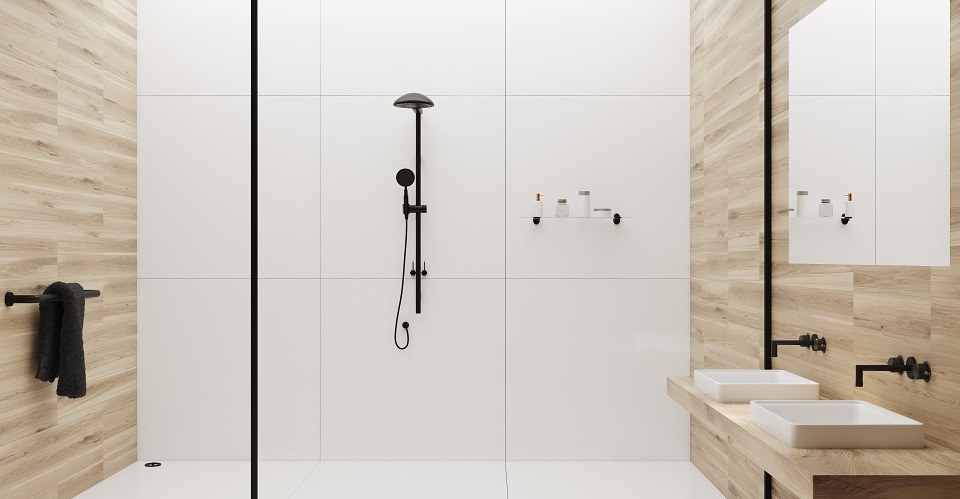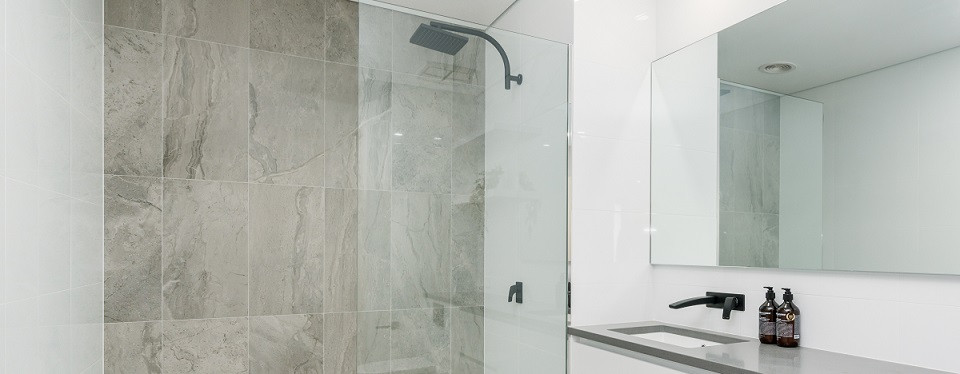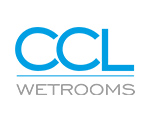When the British Standards Institute issued the latest codes of practice for BS 5385-1 (wall and floor tiling in normal internal conditions), it included a change in the regulations for tiling wet areas. The new regulations recommend that all substrates in a wet area should be waterproofed with a suitable proprietary tanking membrane system prior to tiling, to ensure the substrate beneath is protected.
What Do the New Regulations Cover?
Wet areas include wetrooms, bathrooms, shower enclosures, steam rooms & other locations prone to frequent water contact. Historically, the types of substrates that are used prior to tiling tend to be sensitive to moisture (plaster board etc), so the new regulations go a step further in protecting these substrates and reducing the risk of them failing due to water ingress.
In addition, the new regulations also exclude “the use of sheets or boards that are subject to movement from changes in moisture content” (such as plywood) from being used as a background material for fixing ceramic & stone tiles directly onto.

Common Causes of Failure in Bathrooms
The most common cause of tile failure in a bathroom is from water infiltrating the plywood through the porous tiling grout, or through the use of the dot and dab tiling adhesive method. If this method is used by an installer, water is able to track underneath the tiles, causing the plywood to swell and eventually rot. Even marine grade plywood is not immune from deterioration. This particular type of plywood is not treated with chemicals and once it gets wet, will start to rot too. As soon as damp and mould issues occur, the tiles are prone to debonding and failure, with costly repercussions. The installation of a waterproof/tanking membrane onto the plywood or other substrate would help prevent water ingress from occurring.
Whilst British Standards have already advocated the use of waterproofing membranes in commercial wet areas, the new tanking clause extends to domestic locations. This means that all wet areas, must now be protected with a waterproofing membrane.
What Can Installers Use to Waterproof?
FWM (Flexible Wall Membrane) from CCL Wetrooms, is a single coat, solvent free waterproof coating for use on walls beneath ceramic, natural stone and porcelain tiles in bath/shower rooms and other wet areas. When applied to traditional surfaces such as plywood, FWM will seal the walls and provide a waterproof barrier for tiling upon.

It is also good practice to waterproof the floors of a wetroom with a waterproofing membrane. The easy to apply, self-adhesive waterproofing and decoupling membrane Tilesure, has been designed to provide a totally waterproof barrier on timber or solid floors, that is guaranteed to remain waterproof for the life of the wetroom tiles.
Used in combination, FWM & Tilesure provide a belt and braces tanking solution for wetroom walls and floors, which will comply with the new British Standards BS 5385-1 2018 clause 6.1.1.3 for Tanking.
Get in touch with us today to learn more about how we can help you adhere to the latest waterproofing regulations









